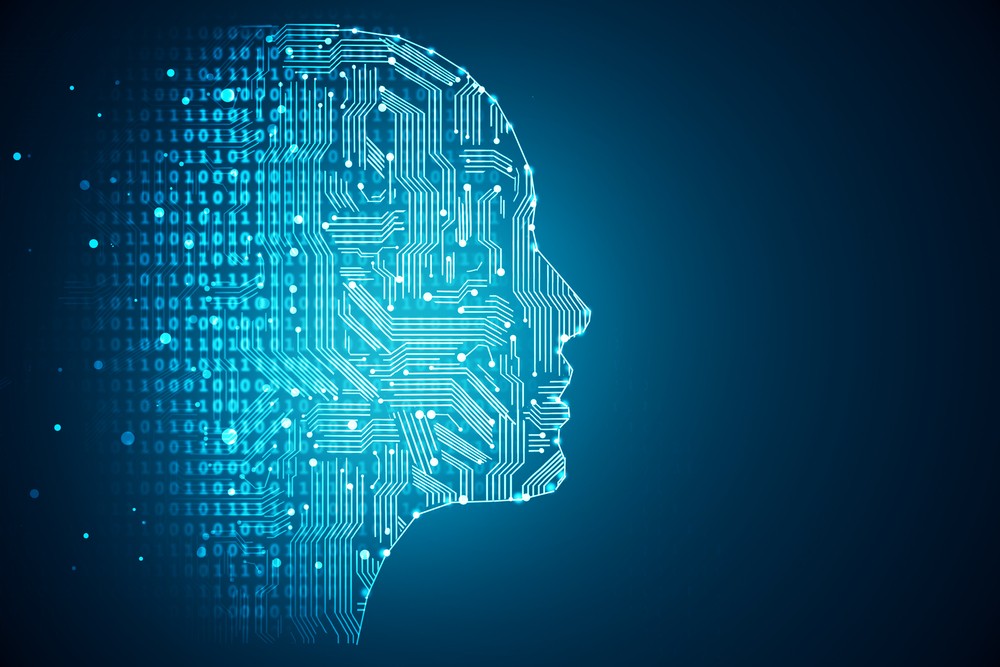These changes have also had a fundamental impact on businesses and the world of work. In some instances it has created new companies, sectors and in turn job opportunities. On the other hand it has created a demand for a new set of skills that can be hard to fill, and has ultimately meant that some roles have become redundant or are no longer seen as mission critical. This is an issue that has long dominated the media headlines, with constant debate about the benefits and downside that technology, AI and automation is having on the job market.
It’s easy to understand where these fears and negative headlines about automation stem from. It doesn’t help when there is a constant stream of sensationalist media headlines, and Hollywood depictions of a robo-takeover. However whenever jobs or tasks are automated or augmented by new technology this doesn’t necessarily have to result in mass lay-offs or workforce reduction. New skills are also required to support this shift and business leaders should see the opportunity to enhance careers, protect employees and shape the future of work in a way that benefits all. Changes in technology, longevity, work practices, and business models have also created a demand for continuous, lifelong development and this can bring significant value to the workforce.
No organisation is future-proof. The past six months alone have taught us that, and the dynamic forces that can have an impact can occur slowly over time or in a blink of an eye. However, the organisations best placed to evolve and survive in tomorrow’s world will be those that have an ongoing strategy to future proofing of their workforce; whether that’s investing in upskilling, reskilling or even making plans for redeployment.
Given the increase in pace and scope of planned and unforeseen changes happening globally it's now vitally important that companies rethink traditional restructuring and recruiting practices and take steps toward the socially responsible approach of investing in upskilling and reskilling for their people. This will ultimately lead to a better and faster return than simultaneously laying people off and hiring external talent.
There are a few critical steps to getting this right. Firstly, it requires businesses to have a holistic view of their workforce and be able to identify what skills are already present within the organisation, where the gaps lie, who the best candidates for upskilling are and precisely what skills they will need. Of course, even having this oversight will mean nothing without buy-in from the top. Having a CEO or at least several champions on the board who not only believe that people can adapt and learn new skills, but also see the value in doing so, will be vital.
It’s at this juncture that technology and AI can be a force for good when it comes to planning for the evolution of the workforce. Businesses will not only need access to vast amount of data, but they’ll also need the capabilities to turn this data into insight and predictive analytics capable of scenario planning. Having these capabilities, and the data spelled out in black and white will also help with overcoming any aforementioned resistance from the C-suite.
A great example of a company doing just that is Faethm, an AI platform that predicts the workforce impact of dynamic forces such as AI, COVID-19 and robotics on current and future jobs. A platform such as Faethm interprets company–specific data to forecast and scenario plan around strategic, technological, and people impacts so that business leaders can structure, size, and equip their workforces for future opportunities. Platforms such as this help facilitate internal hiring by suggesting novel transition opportunities based on related skills and support short-transition pathways for hard to fill roles by sourcing from the external market.
Having access to predictive modelling capabilities enables forward-looking analytics that indicate which jobs need reskilling versus upskilling, which new jobs may need to be added to the workforce, and the exact skill pathways that can move internal people or external hires to more sustainable future career pathways. The capability also enables data-driven decisions around diversity equity and inclusion categories like gender and age by showing impacts of circumstances on these protected categories of people.
Being able to couple this insight with a holistic view of the current workforce presents businesses with a great opportunity to identify and get ahead of the impact that automation, AI, and other forces will have on their workforce, and to use real data and facts to support decisions and strategic investments in upskilling, reskilling and redeployment.
Has automation and other factors presented businesses with a huge challenge? Of course. However with any challenge comes an even bigger opportunity. It will be the businesses that are able to use technology in order to support the evolution of the workforce that will be able to best withstand the ever changing world of work.





